Overview
CAHRC works with industry stakeholders to clarify the work conducted in modern agriculture. AgriJobs supports the agricultural industry and employers by building nationally validated job information to clarify skills requirements for agricultural positions. In partnership with the AgriSkills program, this job information provides tools that are targeted training resources for agricultural employers, employees, associations and educators.
Through previous research, numerous HR management tools have been developed to support industry employers, and to help inform policy makers, by clarifying task and skill requirements. Contact our office for a complete list of resources and to see how we can support your HR needs.
Want to Learn More About the Jobs and Careers in Agriculture?
Farming isn’t what it used to be, and probably isn’t what you expect. Imagine having the opportunity to work with the latest technology while enjoying working outdoors. Watch this video, and see why people choose a career path in primary agriculture!
Previous Research
National Agricultural Occupational Framework & Labour Market Support
Objective
This project was specifically designed to clarify a variety of much needed information about core jobs in agriculture and leverage that information to build meaningful support tools to assist the sector to address its labour requirements and ensure the health and sustainability of Canada’s agricultural industry.
Project Activities
This project involved the development of a National Agricultural Occupational Framework and Labour Market Support Tools in the following manner:
- National Agricultural Occupational Framework (NAOF): to capture detailed occupational information across levels of experience and across commodity areas within agriculture in a multi-layered reference tool for the industry. This project resulted in detailed occupational information for: Farm Labourer (entry), Farm Worker (experienced), Farm Supervisor, & Farm Manager and include development of NOSs, Competency Profiles, Job Descriptions, as well as learning and qualification requirements for each role.
- Labour Market Support Tools: to assist the agricultural industry to address its current workforce demands and ensure a qualified and stable future workforce through the following:
- Agriculture Specific Competency Dictionary: to enable Canada's producers to use a competency-based approach to managing their resources (making hiring decisions, supporting training, managing performance).
- Agriculture-specific Learning/Training Needs Assessment Tools: to support individuals with understanding their skills gaps and planning their development by linking to available resources.
- Agriculture-related Learning Resources: to build a library of relevant learning resources for each occupation and competency by topic and region (courses, books, conferences, workshops, e-learning, webinars, and websites).
- Curriculum Review and Reform: to assist learning institutions to design or enhance their training programs to meet industry needs and occupational requirements.
- Curricula / Learning Content for Key Areas: to support just-in-time learning needs of priority knowledge elements that cross occupations and commodity groups.
- Job Matching Tools - Linking Employers with Job Seekers: to assist with critical labour shortages by leveraging all elements of the NAOF.
- Student Intern Tools – Linking Student Interns with Employers: to support experiential learning opportunities and school-to-work transitions to address the labour shortage through the cultivation of interest and experience at the youth level, leveraging NOSs & NAOF.
Project Partners
The project was accomplished as a collaborative, partnership based initiative working with key agricultural stakeholders, including Council Board organizations that represent all commodities and regions of Canada.
Results and Outcomes
Our efforts to create nationally validated labour market intelligence for four critical roles that span common commodities within agriculture will clarify skill requirements and assist stakeholders in addressing the skills shortages facing the industry.
Identifying New or Emerging Markets and Opportunities in Agriculture
Canada’s farmers continue to seek out new market opportunities in response to changing consumer needs and shifting global market demands. In order for farmers to continue to grow their businesses, they must be aware of emerging market opportunities and the required skills to be successful. The New Markets and Future Skills in Agriculture project set out to investigate new and emerging market opportunities and identify the skills required by managers to be successful in these markets.
For more information, please download the executive summary and/or complete report:
Identifying On-Farm Occupations
Through the Identifying On-Farm Occupations project, the Canadian Agricultural Human Resource Council identified occupations and examined the classification of work in the primary agricultural sector. As part of the project, an Environmental Scan and Gap Analysis was conducted to review existing information on on-farm occupations, as well as review national and international occupational classification systems, and compare these findings with the current National Occupational Classification (NOC) system. The findings of this work can be viewed in the following report: Environmental Scan and Gap Analysis Report
CAHRC also held a series of focus groups with producers from across the country to gather information about the work performed in the production of various commodities. Producers described the skills, knowledge, experience and training that are required for these occupations. This information is compiled into two documents:
- Occupational Matrix of On-Farm Occupations (20" x 26" two-sided poster)
- Descriptions of On-Farm Occupations
- Updated in 2018: Use the National Occupational Framework Tool to see how this information reflects the nature and scope of occupations in primary production and can be used by the industry as a reference to build on as the sector evolves.
Increasing our understanding of the nature of work on the farm will enable us to define the skills and to identify the training required for these occupations. This information will assist employers in attracting and retaining workers to meet the demand for on-farm labour. The results of this project will be used by CAHRC to generate greater awareness of agriculture employment opportunities and career paths in the sector.
Today's and Tomorrow's Farms: Employment and Skills Development
A key activity of the CAHRC’s Communications and Outreach project involved four regional and one national employment and skills development forums to assess the steps being taken to address the shortage of skilled workers in agriculture.
A summary of the proceedings of the national and regional forums was published in a report entitled Today’s and Tomorrow’s Farms: Employment and Skills Development. The recommendations and conclusions made by industry during these events are featured along with a synopsis of the 35 individual presentations given during the forums. An executive summary of the forums’ common findings was also published.
Occupational Standards and Learning Tools for the Ornamental sector
Working with employers in the landscape industry, the Canadian Agricultural Human Resource Council developed a National Occupational Standard (NOS) and Essential Skills profile for the occupation of Landscape Horticulturist.
On-the-job training (OJT) materials for employers in the ornamental sector were also developed as a result of this project. Designed to help employers train new workers on the job in a consistent and effective way, the OJT Reference Guide consists of two booklets, Install and Maintain Hardscape and Install and Maintain Softscape, as well as four Job Instruction cards.
For more information, see the AgriSkills HR Management Train-the-Trainer: On-the-job Reference Guide
Download the three key publications that resulted from this project:
New Markets and Future Skills in Agriculture
This project examined emerging market opportunities in agriculture, and the skills and knowledge required of workers to enter these markets and their related technologies. The following elements defined the scope and activities of the project:
- Identified three new markets which emphasize a strategic importance to Canada’s agriculture sector and its human resource needs, namely:
- End customer-oriented businesses
- Energy-oriented production chains
- High-value production chains.
- Identified the competency areas required to enter these new markets, namely: Leadership, Interpersonal Skills, Business Management, Marketing Management, Human Resource Management and Technical Skills.
- Identified the training needs or gaps in current skills development and learning programs for agricultural employers and employees, as well as the educational community.
For more information, please download the complete report: IDENTIFYING NEW OR EMERGING MARKETS AND OPPORTUNITIES IN AGRICULTURE.
Agricultural Leadership
The purpose of this project was to validate the leadership competency profile that was developed as a part of the New Markets and Future Skills in Agriculture project and to develop an on-line leadership assessment tool that will allow farmers to assess their agricultural leadership skills.
The project provided aggregate data to CAHRC as to the leadership competency strengths and weaknesses among farmers in Canada. It also used the results to identify gaps in the leadership competencies of agricultural producers. This will assist with the future development of leadership and human resource tools and/or programs in forthcoming projects.
National Agricultural Occupational Framework
CAHRC has analyzed over 70 job positions in Canadian Agriculture across 17 industries by Production and Job Type.
View the poster summary
